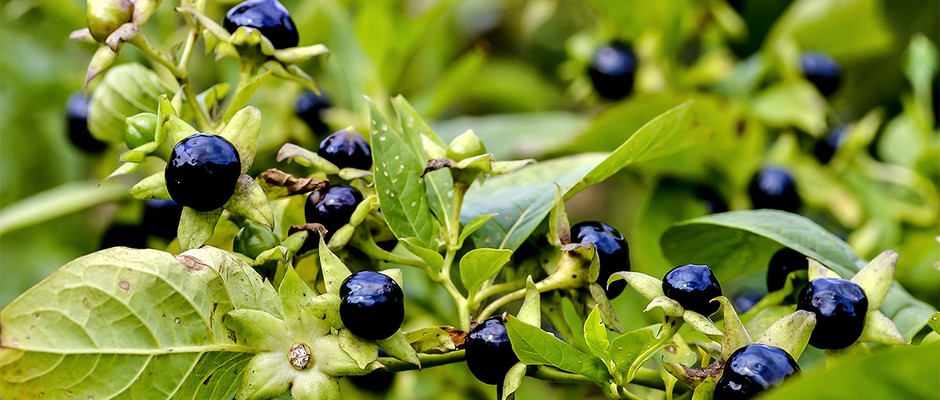
10 surprisingly poisonous plants you should avoid in the UK
If you go down to the woods today, don't start treating it like a salad bar...
We often think that the UK is a very safe place, with no volcanos or dangerous animals lurking nearby ready to rip our heads off. But nature loves to lull us into a false sense of security.
The woodland all around us is not as safe and benign as you might expect, and we have the evidence to prove it. We have brought together some of the most poisonous plant species that you might find on your travels through the seemingly pleasant countryside.
These are the plants you want to avoid while you are out and about in the UK, especially if you have inquisitive dogs, cats or young children.
And remember: If you or anyone you know may have plant poisoning, spit out any plant parts and call the emergency services immediately. Do not try to induce vomiting, and bring a piece of the offending plant with you for identification.
So, with the safety briefing finished, here are the most dangerous plants in the UK.
Ivy (Hedera helix)
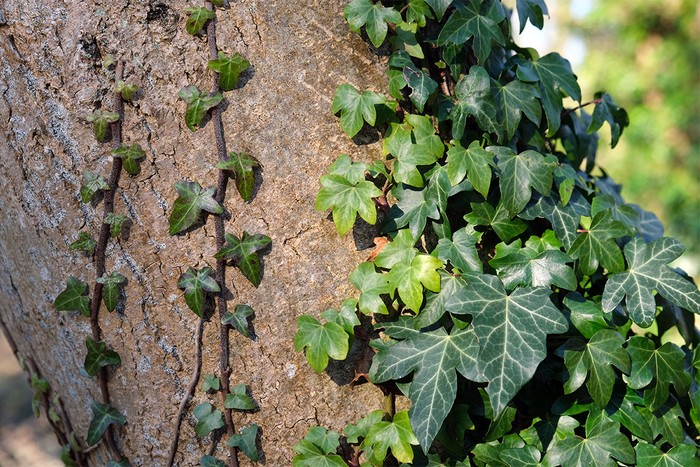
This ubiquitous clinging vine is everywhere in the UK, spreading over walls, fences and trees. It is a great home for insects, nesting birds and bats. Unlike many other species of climbing plants, this one does not harm trees or other shrubs when it clings to them.
Be warned though – the leaves of the ivy plant can irritate your skin if you handle it without wearing gloves. It can also give you a mild stomach upset if consumed, and is toxic for dogs and cats.
Rhododendron (Rhododendron)

Rhododendrons are a very common sight around the world, known for their distinctive flowers in a wide range of bright colours.
They are essentially large hardy shrubs, thriving in different kinds of climates. They are also harmful when eaten.
You would need to consume a lot of rhododendrons to become ill, but they are much more harmful to dogs, especially small ones. All parts of the plant are poisonous in small doses, so best to just keep your four-legged friends away.
More like this
Tulips (Tulipa species)
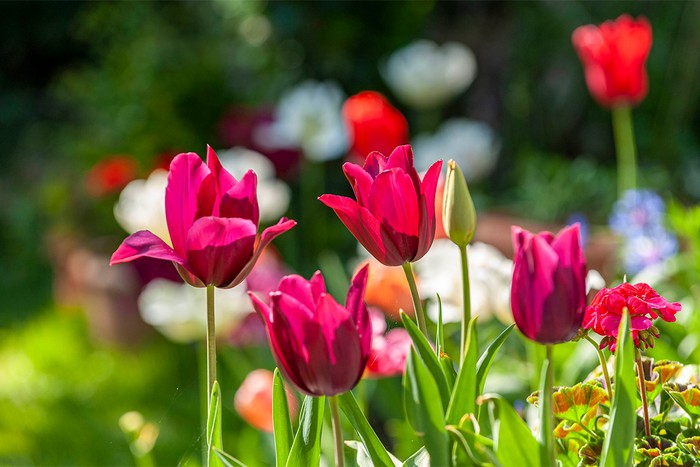
Tiptoe through the tulips if you must, but maybe don't put them in your sandwiches. Consuming any part of these iconic flowers in even small quantities can cause vomiting, diarrhoea and dizziness. In rare cases, they can even cause heart problems.
The bulbs are the most dangerous part, so make sure your dog doesn't try to dig them up and eat them.
Autumn crocus (Colchicum autumnale)
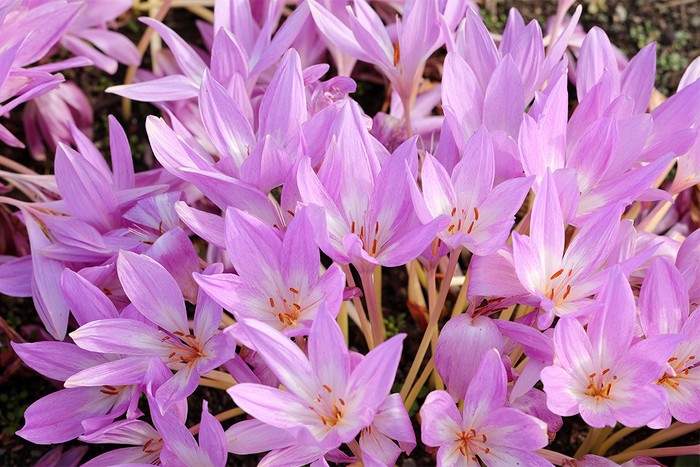
The autumn crocus is not actually a crocus at all, but a different family altogether. Their slight resemblance to wild garlic has often led them to be consumed by foragers, who soon come to regret this mistake. Symptoms of accidental ingestion can range from stomach upsets to kidney and liver problems.
It isn't all bad news though – this plant contains colchicine, which can be used to treat gout. It is also a useful anti-inflammatory medication when given in small doses, and is often administered after heart surgery.
Bluebell (Hyacinthoides non-scripta)
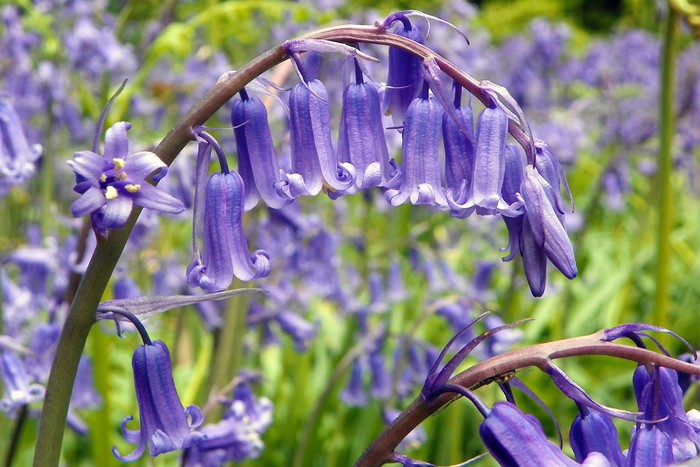
Bluebells are probably one of the most recognisable flowers in the UK, and are often a good indication that a woodland area is ancient and well-established. They tend to flower in large swathes, creating striking blue coverings on fields and in clearings.
But these little beauties also conceal a dark secret – they contain toxic chemicals. Even small doses can cause stomach upsets, and if consumed in large quantities they can be fatal to humans.
Foxglove (Digitalis purpurea)
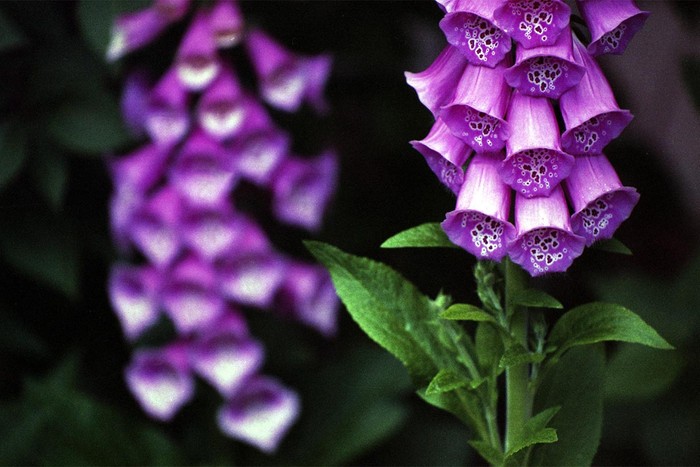
Foxglove really is a devil in disguise. This common plant can be found in many woodland areas and gardens up and down the land. But it is worth bearing in mind that all parts of the plant are highly toxic, and can result in severe poisoning if consumed.
Symptoms range from diarrhoea and skin irritation to heart problems, so consider this carefully on your next visit to the garden centre, and maybe buy a spider plant instead.
Read more:
Cuckoo pint (Arum maculatum)
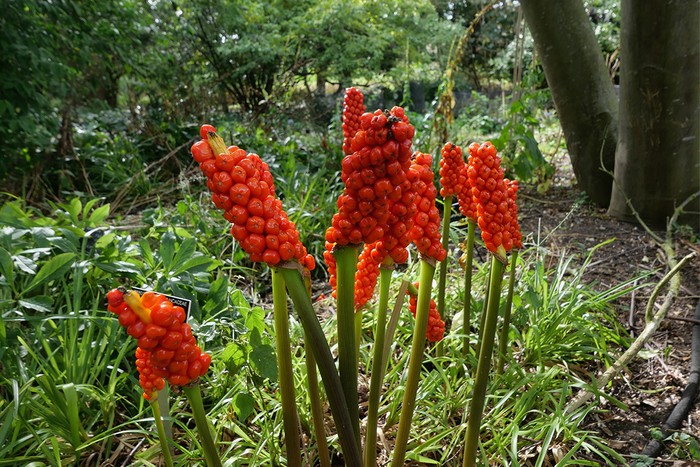
The cuckoo pint is a common sight across a lot of Europe, and it certainly does have some very attractive red berries. But before you grab some to sprinkle across your fruit salad, it is probably best to point out that they are highly toxic.
The berries also do not taste very nice, so it is unlikely that you would eat more than one. But if you were to accidentally consume a whole bunch, you can expect a swollen throat and some serious stomach pain for your trouble.
Monkshood (Aconitum napellus)
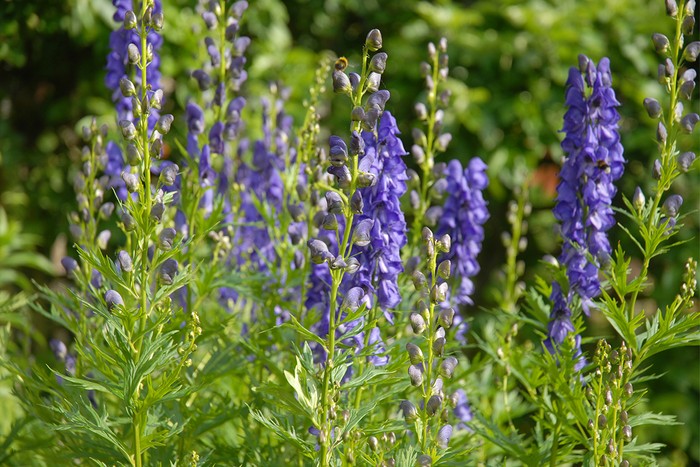
Monkshood is a popular garden plant in the UK due to its colourful and elegant flowers which grow on tall spikes. But don't let appearances fool you – this plant is very poisonous and must be handled with extreme care.
Large consumption of this plant can cause almost instant death, and even relatively small doses can lead to severe problems in a short space of time. The toxins in this plant were utilised as arrow poisons for hunting and warfare many centuries ago.
Deadly nightshade (Atropa belladonna)
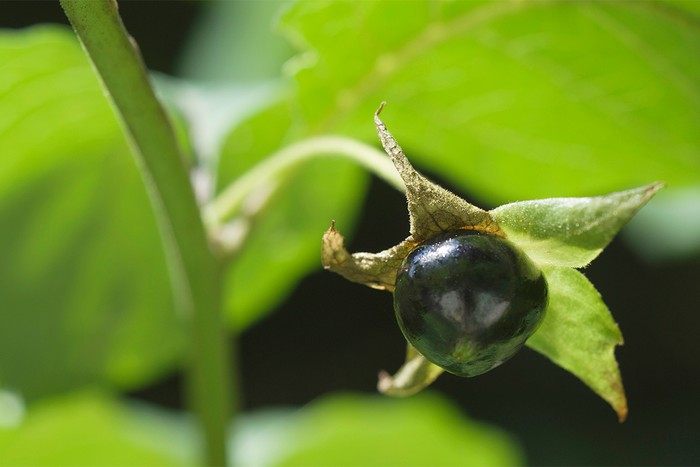
Deadly by name, deadly by nature: this nightshade really is one of the most toxic plants on Earth. Its properties have long been known to humanity, which hasn't stopped it from being used in some cosmetics and dietary products.
The root of the plant is the most toxic area, but the main danger here is the enticing shiny berries – just consuming a few can be enough to cause hallucinations, slurred speech and dreadful headaches. In larger quantities, consumption can cause death in adult humans.
Poison hemlock (Conium maculatum)
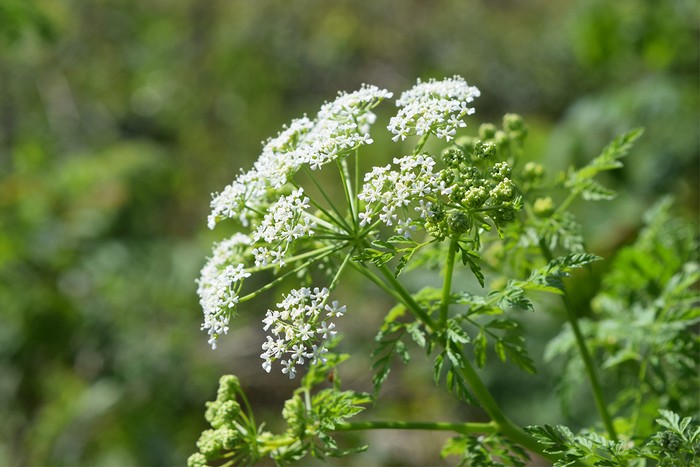
Hemlock is a common sight on the grass verges and next to streams, and it is this familiarity that can often prove dangerous. A member of the carrot family, it is often confused with the very similar-looking cow parsley (Anthriscus sylvestris), but this is not a species to be messed with.
All parts of hemlock are poisonous, and even just a little dose is enough to cause breathing difficulties and death in mammals, including humans. Seeds and roots are especially toxic, and should not be handled.
Read more:
Authors

James Cutmore is the picture editor of BBC Science Focus Magazine, researching striking images for the magazine and on the website. He is also has a passion for taking his own photographs
Sponsored Deals

May Half Price Sale
- Save up to 52% when you subscribe to BBC Science Focus Magazine.
- Risk - free offer! Cancel at any time when you subscribe via Direct Debit.
- FREE UK delivery.
- Stay up to date with the latest developments in the worlds of science and technology.




